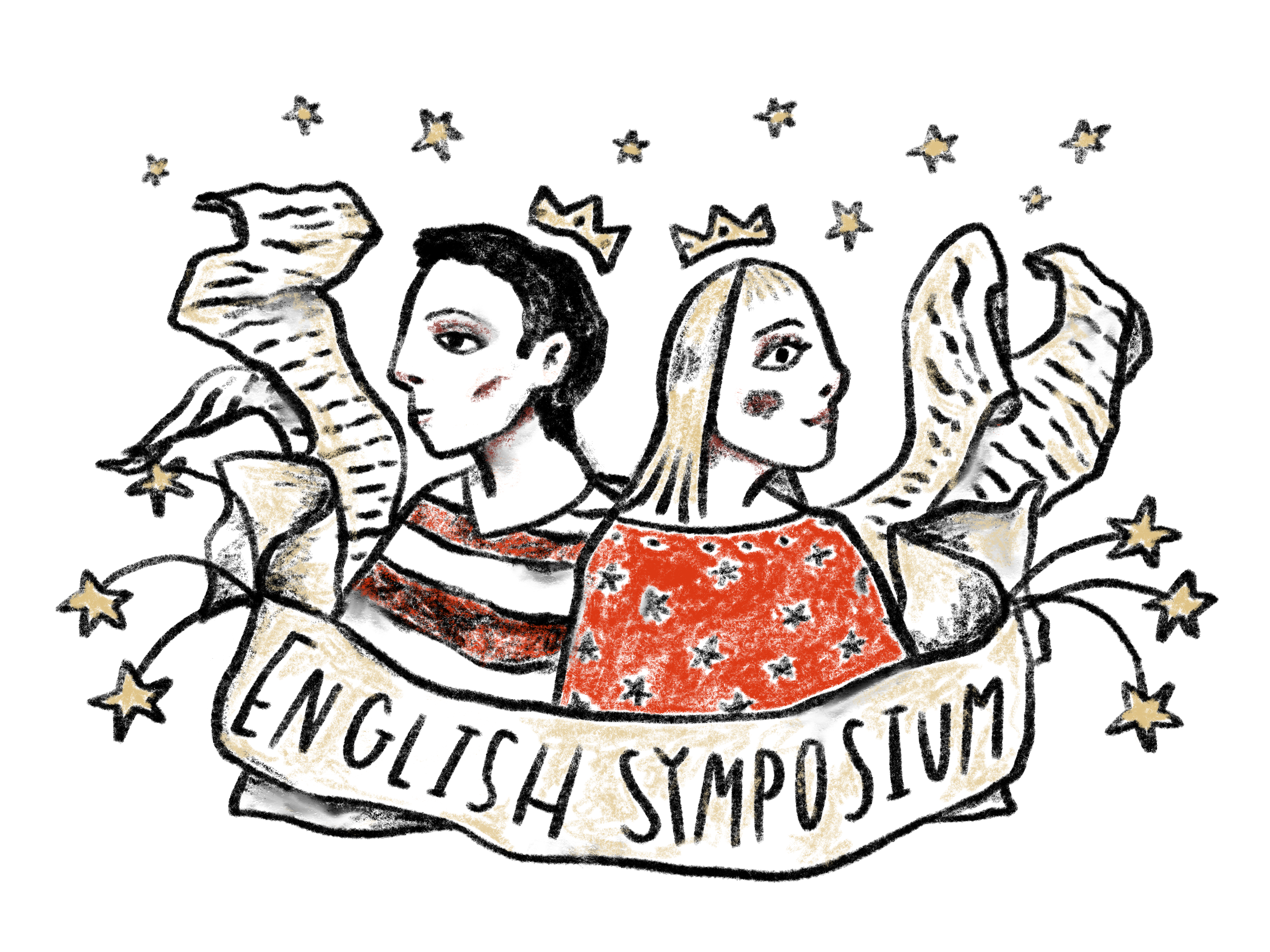Content Category
Literary Criticism
Abstract/Description
Seamus Heaney wrote the poem “Digging” in the summer of 1964, the first of his poetry that he felt actually defined him as a poet. An autobiographical poem, “Digging” was what initiated Heaney’s new view and form of writing poetry. To him, poems are created through an archeological process, where one digs into the events and ideas of one’s past. “Digging” is a clear example of this process, as in it Heaney uses a pen to dig into his heritage and the landscape of his home. While much of Heaney’s poetry is influenced by his farming, Catholic, large family upbringing, most critics claim that “Digging” is a poem that shows Heaney’s ultimate rejection of his past and turn towards his own decided future. However, I feel much of the topic of this poem expands off of the new archeological process Heaney created. However, he is not just simply digging into his past, but into his heritage. By doing so, he shows that heritage is the essence of the human being, the thing that truly impacts a soul. While some may still either live their heritage, or only wish to memorialize it, Heaney shows the significance of doing both; an action through which he exemplifies within “Digging.” He lives and continues on his heritage by doing just what he describes in the poem: digging. He is doing just what his father and grandfather did, digging into the landscape and culture of Ireland, but with his pen. He digs into the past, politics, and histories of Ireland. However, Heaney is also memorializing and objectifying his heritage by writing it into a poem. It shows his great respect for his roots, and will ultimately embody his heritage forever. “Digging” remains a constant connection between Heaney and his family, heritage, and Irish past, and shows how everyone can do the same to connect to their own heritage in their own way.
Copyright and Licensing of My Content

This work is licensed under a Creative Commons Attribution-Noncommercial-No Derivative Works 4.0 License.
Origin of Submission
as part of a class
Faculty Involvement
Miranda Wilcox
Seamus Heaney: A Poet et un Traducteur (and a Translator)
Seamus Heaney wrote the poem “Digging” in the summer of 1964, the first of his poetry that he felt actually defined him as a poet. An autobiographical poem, “Digging” was what initiated Heaney’s new view and form of writing poetry. To him, poems are created through an archeological process, where one digs into the events and ideas of one’s past. “Digging” is a clear example of this process, as in it Heaney uses a pen to dig into his heritage and the landscape of his home. While much of Heaney’s poetry is influenced by his farming, Catholic, large family upbringing, most critics claim that “Digging” is a poem that shows Heaney’s ultimate rejection of his past and turn towards his own decided future. However, I feel much of the topic of this poem expands off of the new archeological process Heaney created. However, he is not just simply digging into his past, but into his heritage. By doing so, he shows that heritage is the essence of the human being, the thing that truly impacts a soul. While some may still either live their heritage, or only wish to memorialize it, Heaney shows the significance of doing both; an action through which he exemplifies within “Digging.” He lives and continues on his heritage by doing just what he describes in the poem: digging. He is doing just what his father and grandfather did, digging into the landscape and culture of Ireland, but with his pen. He digs into the past, politics, and histories of Ireland. However, Heaney is also memorializing and objectifying his heritage by writing it into a poem. It shows his great respect for his roots, and will ultimately embody his heritage forever. “Digging” remains a constant connection between Heaney and his family, heritage, and Irish past, and shows how everyone can do the same to connect to their own heritage in their own way.

